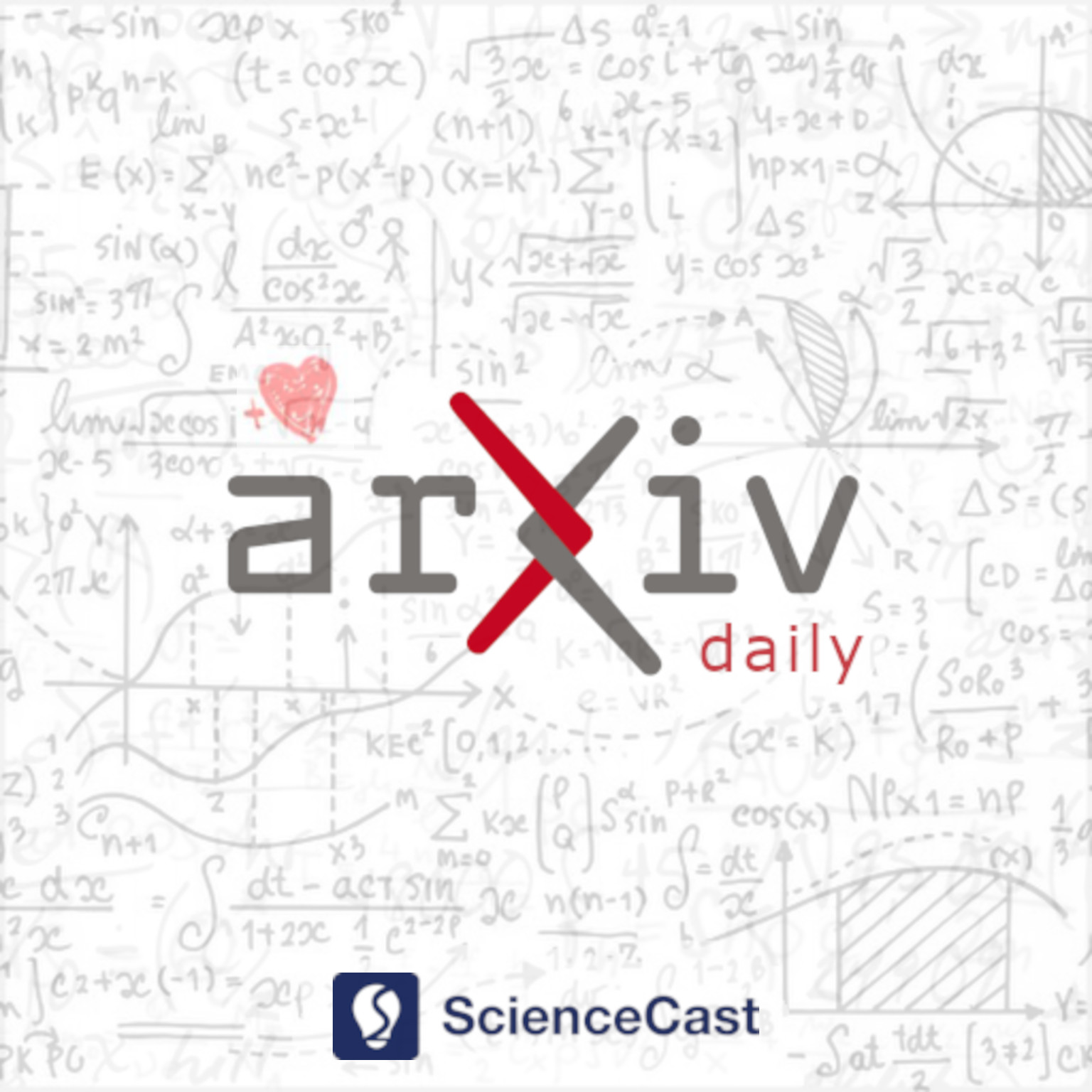
Databases (cs.DB)
Mon, 24 Jul 2023
1.Leveraging Large Language Models (LLMs) for Process Mining (Technical Report)
Authors:Alessandro Berti, Mahnaz Sadat Qafari
Abstract: This technical report describes the intersection of process mining and large language models (LLMs), specifically focusing on the abstraction of traditional and object-centric process mining artifacts into textual format. We introduce and explore various prompting strategies: direct answering, where the large language model directly addresses user queries; multi-prompt answering, which allows the model to incrementally build on the knowledge obtained through a series of prompts; and the generation of database queries, facilitating the validation of hypotheses against the original event log. Our assessment considers two large language models, GPT-4 and Google's Bard, under various contextual scenarios across all prompting strategies. Results indicate that these models exhibit a robust understanding of key process mining abstractions, with notable proficiency in interpreting both declarative and procedural process models. In addition, we find that both models demonstrate strong performance in the object-centric setting, which could significantly propel the advancement of the object-centric process mining discipline. Additionally, these models display a noteworthy capacity to evaluate various concepts of fairness in process mining. This opens the door to more rapid and efficient assessments of the fairness of process mining event logs, which has significant implications for the field. The integration of these large language models into process mining applications may open new avenues for exploration, innovation, and insight generation in the field.
2.MorphStream: Scalable Processing of Transactions over Streams on Multicores
Authors:Yancan Mao, Jianjun Zhao, Zhonghao Yang, Shuhao Zhang, Haikun Liu, Volker Markl
Abstract: Transactional Stream Processing Engines (TSPEs) form the backbone of modern stream applications handling shared mutable states. Yet, the full potential of these systems, specifically in exploiting parallelism and implementing dynamic scheduling strategies, is largely unexplored. We present MorphStream, a TSPE designed to optimize parallelism and performance for transactional stream processing on multicores. Through a unique three-stage execution paradigm (i.e., planning, scheduling, and execution), MorphStream enables dynamic scheduling and parallel processing in TSPEs. Our experiment showcased MorphStream outperforms current TSPEs across various scenarios and offers support for windowed state transactions and non-deterministic state access, demonstrating its potential for broad applicability.
3.Comprehending Semantic Types in JSON Data with Graph Neural Networks
Authors:Shuang Wei, Michael J. Mior
Abstract: Semantic types are a more powerful and detailed way of describing data than atomic types such as strings or integers. They establish connections between columns and concepts from the real world, providing more nuanced and fine-grained information that can be useful for tasks such as automated data cleaning, schema matching, and data discovery. Existing deep learning models trained on large text corpora have been successful at performing single-column semantic type prediction for relational data. However, in this work, we propose an extension of the semantic type prediction problem to JSON data, labeling the types based on JSON Paths. Similar to columns in relational data, JSON Path is a query language that enables the navigation of complex JSON data structures by specifying the location and content of the elements. We use a graph neural network to comprehend the structural information within collections of JSON documents. Our model outperforms a state-of-the-art existing model in several cases. These results demonstrate the ability of our model to understand complex JSON data and its potential usage for JSON-related data processing tasks.